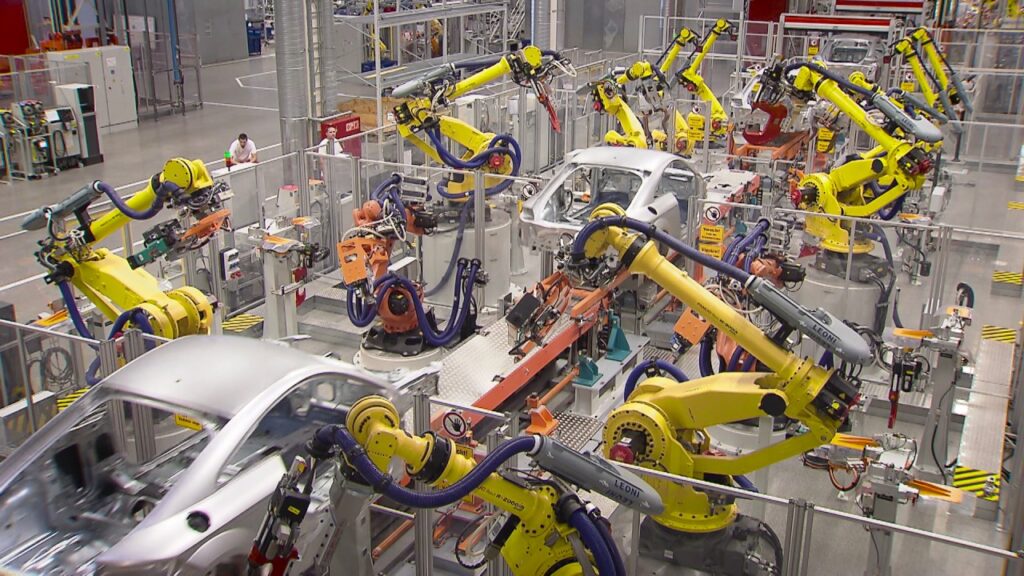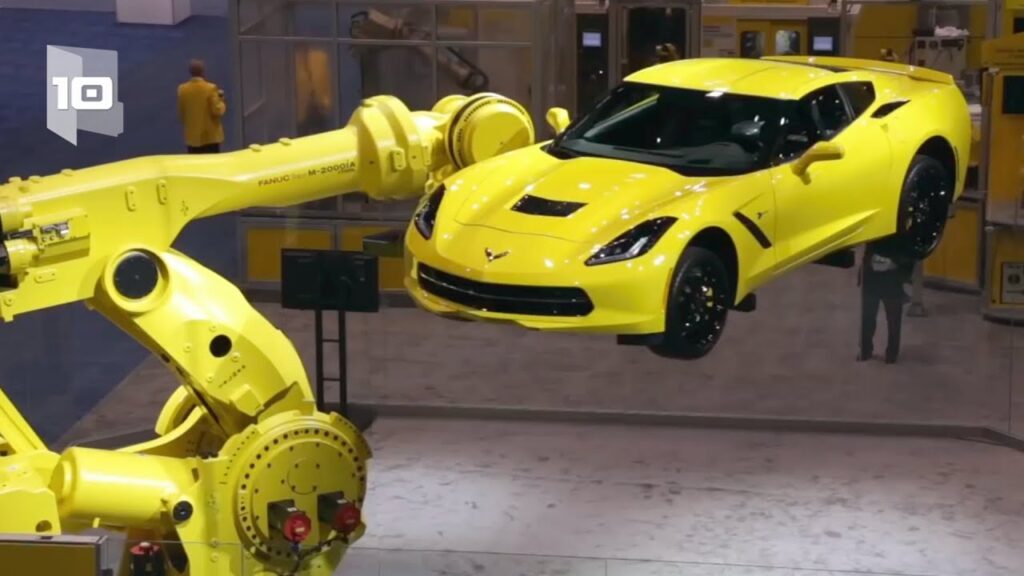Industrial robots are complex cyber-physical systems used for manufacturing, and they are a critical component of any modern factory. These robots have revolutionized the manufacturing industry, making it faster, more efficient, and more accurate. There are various types of industrial robots, each designed for specific tasks and applications. In this article, we will explore the different types of industrial robots and their functions.
One type of industrial robot is the articulated robot. This type of robot has a jointed arm that can move in multiple directions, just like a human arm. It is the most common type of robot used in manufacturing and is highly versatile. Articulated robots are used for tasks such as welding, painting, assembly, and material handling. They can be programmed to perform complex tasks with precision and speed.
Another type of industrial robot is the gantry robot. This robot is similar to a bridge crane and is mainly used for handling heavy loads. Gantry robots have a three-dimensional workspace and can move along multiple axes. They are commonly used in industries such as automotive, aerospace, and logistics for tasks like loading and unloading of materials, palletizing, and machine tending.
Cartesian robots, also known as rectilinear or gantry robots, are another common type used in manufacturing. They have three linear axes that move in a Cartesian coordinate system. Cartesian robots are preferred for applications that require high accuracy and precision. They are frequently used in tasks such as pick and place operations, packaging, and inspection.
SCARA robots, which stands for Selective Compliance Assembly Robot Arm, are specifically designed for assembly applications. They have a rigid arm, vertical rotation, and horizontal translation. SCARA robots are commonly used in the electronics industry for tasks such as circuit board assembly, screw driving, and soldering.
Delta robots are unique in their design and are commonly used for high-speed pick and place operations. They consist of a central pillar attached to three arms that are connected to the end effector. Delta robots are widely used in industries such as food and beverage, pharmaceuticals, and electronics for tasks like packaging, sorting, and material handling.
Cobots, or collaborative robots, are a recent addition to industrial robotics. Unlike traditional robots that work in isolation, cobots are designed to work alongside humans. They are equipped with sensors and safety features to ensure the safety of human operators. Cobots are used in various industries for tasks such as assembly, machine tending, and quality inspection.
As industrial robots become more prevalent in manufacturing, concerns about their security and vulnerability have arisen. In a recent video titled “Breaking the Laws of Robotics: Attacking Industrial Robots,” researchers showcased the potential risks associated with industrial robots. They demonstrated how these robots can be hacked and manipulated to perform unauthorized actions, posing a threat to both the products being manufactured and the human operators.
This highlights the need for strong cybersecurity measures to protect industrial robots from potential attacks. Manufacturers and robot designers must prioritize the development of secure systems and regularly update the software to address any vulnerabilities. Safety protocols should also be implemented to ensure that robots can be shut down quickly in case of potential threats.
In conclusion, industrial robots are essential components of modern manufacturing. The different types of industrial robots, such as articulated robots, gantry robots, Cartesian robots, SCARA robots, delta robots, and cobots, are designed for specific tasks and applications. However, it is crucial to consider the security and vulnerability of these robots in the face of potential attacks. By implementing strong cybersecurity measures and safety protocols, we can ensure the safe and efficient operation of industrial robots in our factories.
Industrial Robot
“Exploring the Intriguing World of Industrial Robots: Breaking Robotic Laws and Different Types Unveiled”


